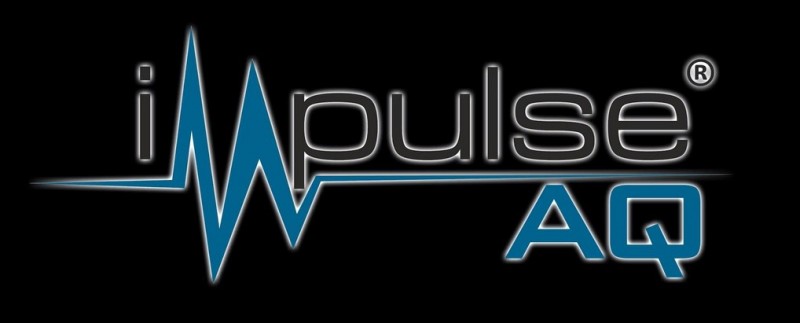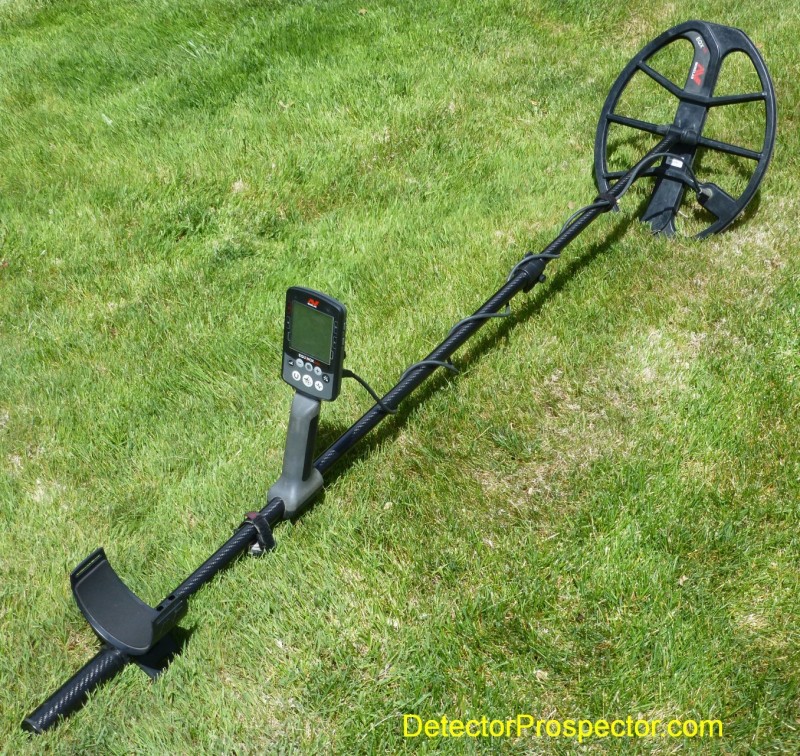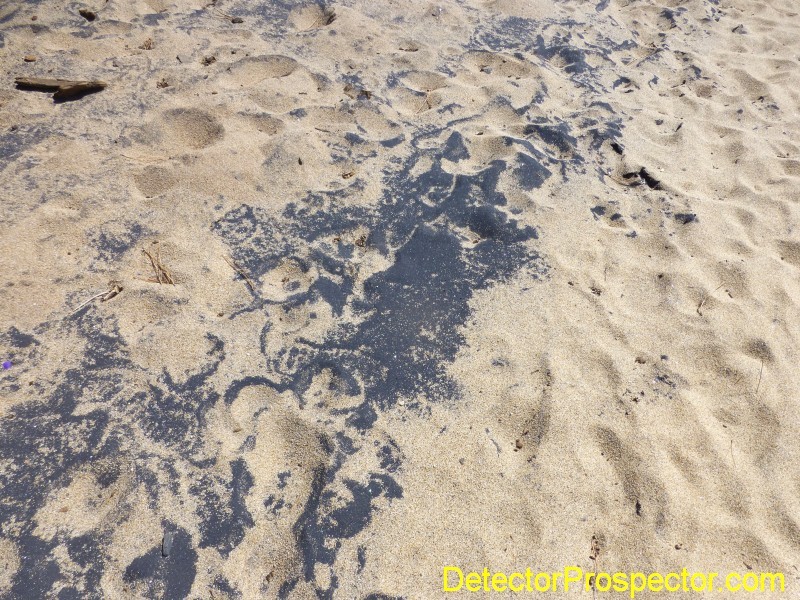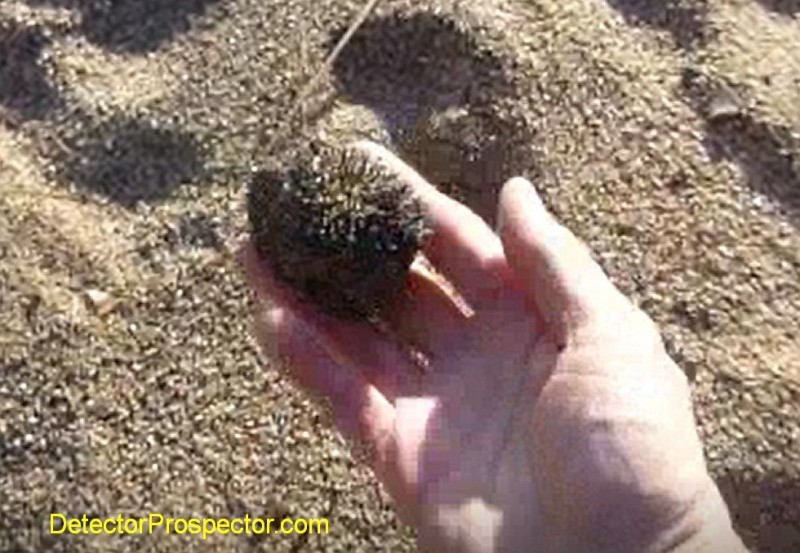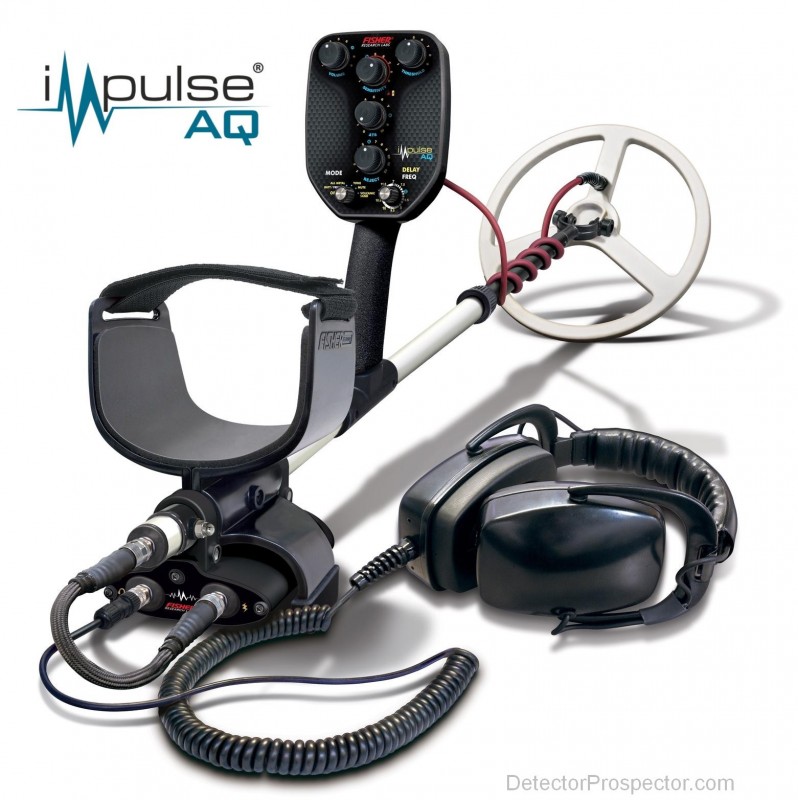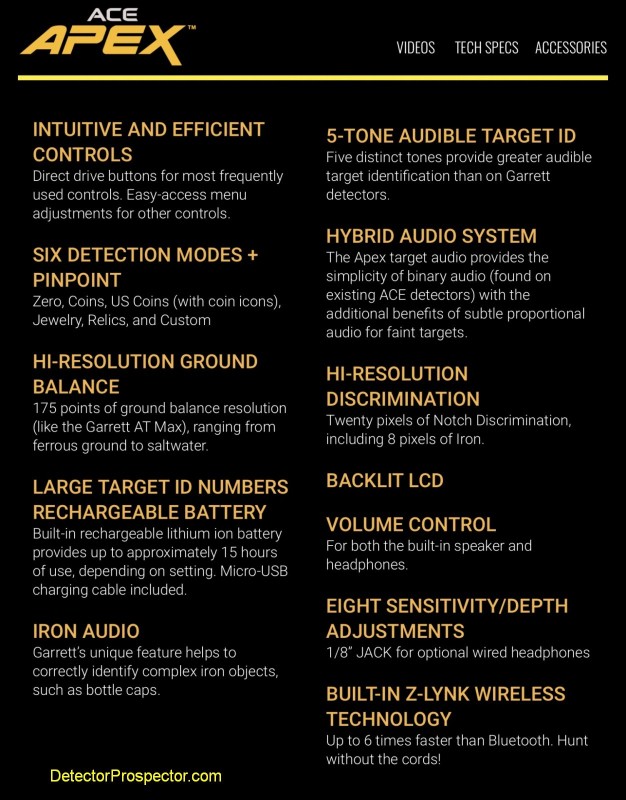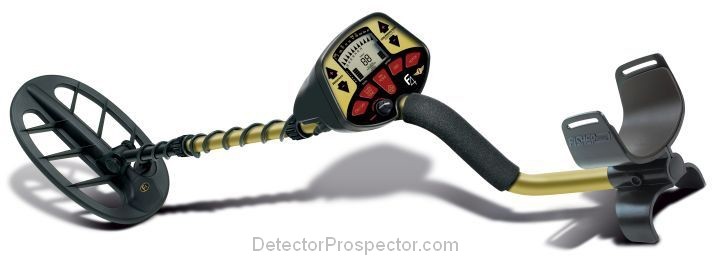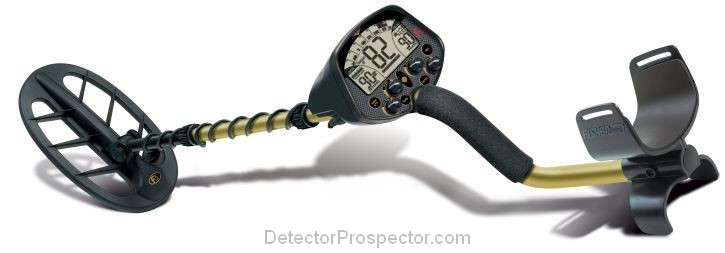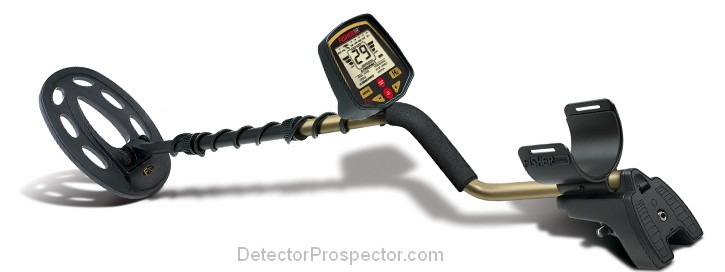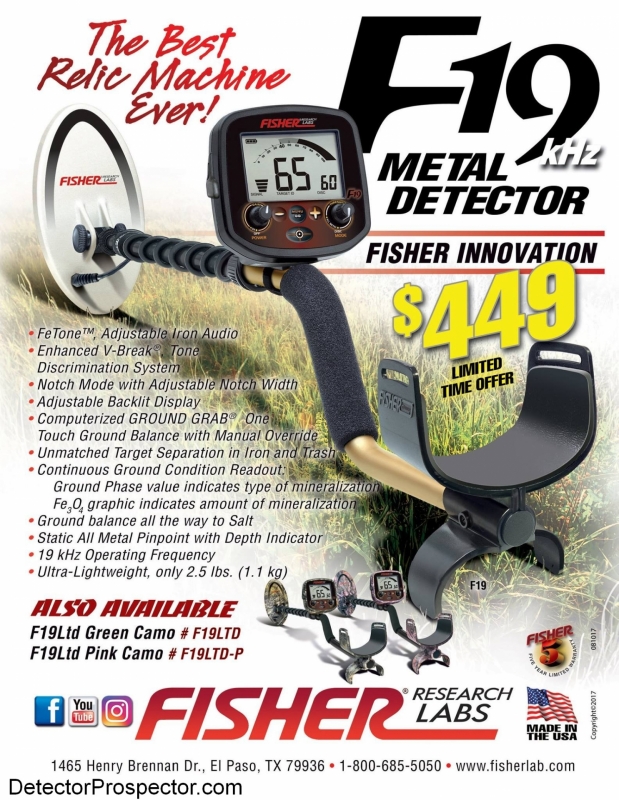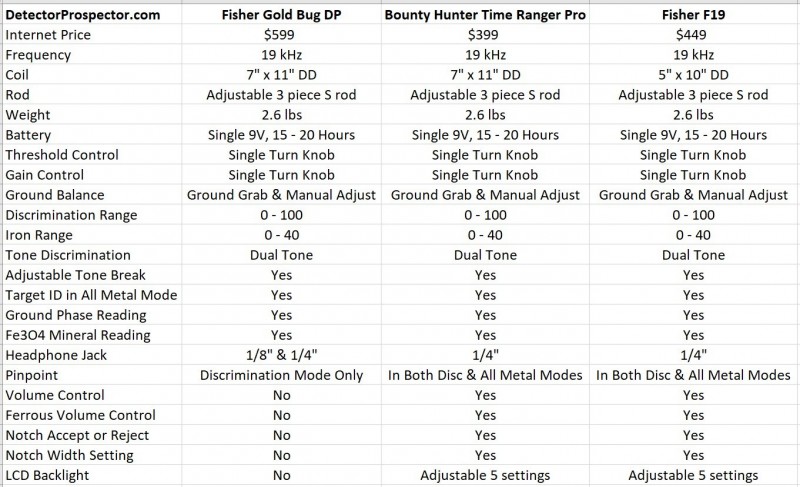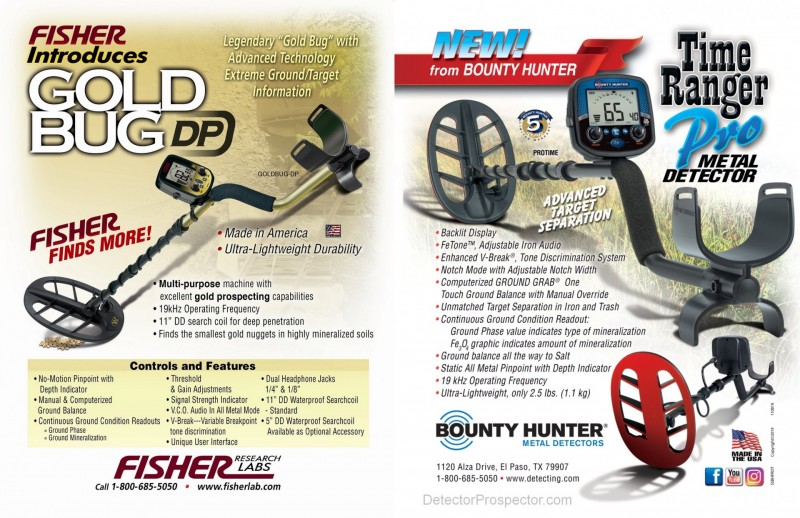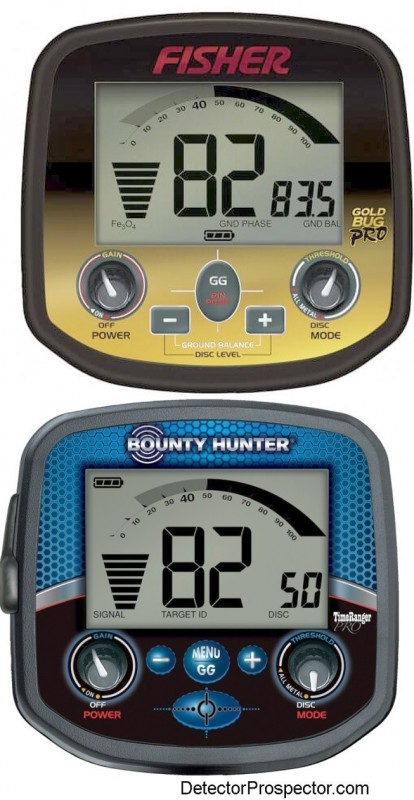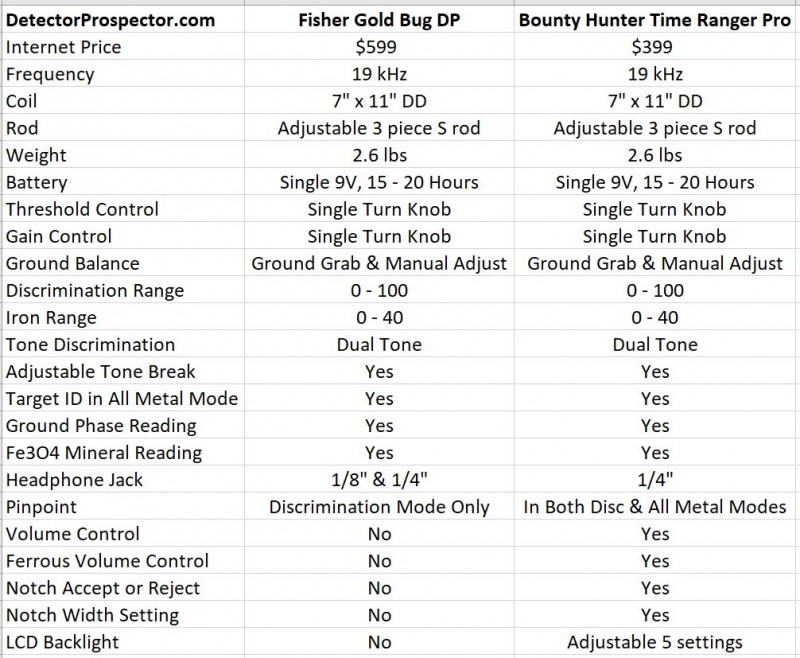-
Posts
19,755 -
Joined
Content Type
Forums
Detector Prospector Home
Detector Database
Downloads
Everything posted by Steve Herschbach
-
Unfortunately nobody will know for sure until somebody tries. It is not true that PI detectors are unaffected by magnetic sands... this should be obvious when a special volcanic mode is needed. There is a point where even a PI will simply overload and become ineffective. I have a solid chunk of magnetite about 10” square and you may as well try to detect through steel plate as detect something under that rock.
-
Simon, those look like the beaches from the Reunion Island test. More details on Reunion Island test Just a FYI for folks. Just because a beach (or stream bed) is black in color does not mean it has a high magnetic content. A beach may simply be derived from a dark rock, like black shale, which could have a low magnetite content. “Black sands” is a specific mining term that relates more to magnetic mineral content than the actual color. Magnetic sands are almost always black in color, but all sands that are black in color are not necessarily magnetic in content. Notes on PI detecting and beaches
-

Equinox Shaft Announcements (colors, Etc.)
Steve Herschbach replied to steveg's topic in Minelab Equinox Forum
Time I added my picture to the gallery - my steveg rod with counterweight, only way to go with the 15" coil for long days! -
With thanks to PPP, here is the new official Fisher Impulse AQ Facebook page: https://www.facebook.com/FisherLabs-Impulse-AQ-Metal-detector-101853481468095/ And phrunt found this: https://fisher-impulse.com/ Registrant: Organization: FIRST TEXAS PRODUCT Presumably we will see the first full announcement information on the Facebook page since that is how things seem to be done these days. Interesting there has been no mention on the main Fisher company Facebook page or the regular Fisher Labs website.
-
Lake Tahoe beaches are loaded with magnetite and there are some hot rocks also. Most VLF detectors are getting 50% of depth if they even work at all. Here is a picture of pure magnetite sand streaking a beach at Tahoe. And a magnet I simply dropped and picked up - a solid golf ball of magnetite. It's places like this where you need a PI detector. A VLF is only scratching the surface. Lake Tahoe magnetite sand
-
I’m not into testing and comparing these days, just going metal detecting for fun and relaxation and to find stuff. I’m sure as a PI it will punch deep on mineralized beaches and if I dig enough holes in the right places I’ll find stuff with it. Metal detecting ain’t rocket science, just location and hours.
-
I was asked up front on the upcoming ATX "should we put it in the Infinium box, or the Recon Pro housing." I said Infinium, they went with Recon Pro. Driving up the weight and cost. I was fine with that but my efforts at lobbying for another light weight dry land version have been ignored for years, except for a couple pats on the head and a "we've not forgot about you" type statements. Bah, humbug! Too late Garrett. I'll get a Fisher instead!!
-
Well, looks like I'll have my first new pulse induction machine in over two years. I swore off getting anything new after I ditched my 7 lb Garrett ATX and 7.2 lb Minelab GPZ 7000 in a fit of passive-aggressive protest over heavy metal detectors. The new Fisher Impulse AQ at a well balanced 4.2 lbs and hopefully under $2000 is close enough to filling the bill for me that I will get one as soon as they are available, which finally looks like very soon!
-
With the exception of the battery cable sticking out the back I really like the look of this detector. And after swinging a 7 lb Garrett ATX this 4.2 lbs of well balanced detector is going to seem like a dream on my arm. I ditched both my ATX and my 7.2 lb Minelab GPZ 7000 a couple years ago in a fit of passive-aggressive protest over those heavy beasts, and swore not to buy another pulse machine until somebody made something more in line with the ergonomics I desired. The Impulse AQ tips the scales at a little over 4 lbs, but that is largely because of the 12" round coil. A smaller coil is a distinct possibility, as is the ability to belt mount the battery. That's the benefit of that funny looking battery cable arrangement - external batteries. In any case, good enough for me and a huge improvement of what I'm used to. The price remains to be seen, but it has a good chance at coming in under $2000, making the new Fisher Impulse AQ one of the best contenders so far in my Under 4 lb, Under $2K Challenge Fisher Impulse AQ Data & Reviews Fisher Impulse AQ discriminating pulse induction metal detector
-

Gold Nugget Air Tests GMX 24K MX7 MXT V3i
Steve Herschbach replied to Jeff McClendon's topic in White's Metal Detectors
Yes, as was noted earlier this is a video comparing stock coils, and I don’t have a problem with that per se. It just that the video does not explain that to the newbie who is watching, implying that one detector is performing better than another because of some inherent difference in the detectors being tested. There is some of that here, but a large portion of what you are seeing is coil differences, not detector differences. If you want to display detector differences, use the same coil on all the detectors. If you want to display coil differences, use the same machine with different coils. In this case, it’s a mixed bag and so all you can really say is it shows how these various machines do as sold out of the box in air tests when compared to each other.- 17 replies
-
- whites mxt
- 24k gmx
-
(and 1 more)
Tagged with:
-
“HYBRID AUDIO SYSTEM - The Apex target audio provides the simplicity of binary audio (found on existing ACE detectors) with the additional benefits of subtle proportional audio for faint targets.” Binary audio is a fancy name for “beep.” No sound, or full volume beep. A deep target sounds like a shallow target. Beep. Some people prefer this as they want to be sure to hear all targets no matter what. Proportional audio means the signal strength is tied to the volume, so now you have strong beeps and medium beeps and faint beeps. This allows experienced detectorists to tell a deep target from a shallow target, or better discern small targets from large targets. However, if you don’t have sharp ears you might miss that faint target. Almost everybody else refers to this as modulated audio. Garrett is claiming to somehow do both, creating a “hybrid audio.” Strong targets will be clean solid beeps, while fainter targets will be proportional. I guess I’m missing what the difference is here between Garrett’s hybrid audio and normal modulated audio. In modulated audio strong targets do deliver clean solid audio hits, which fade on the weaker targets to fainter audio responses. Sounds just like what they are describing with this “new” hybrid audio. Don't know, maybe there is some difference in what Garrett is doing compared to the rest. Regardless, I do prefer proportional or modulated audio myself as being more informative about the nature of the target. Good modulated audio makes any kind of depth meter redundant, which is why I guess I never look at them. Garrett Ace Apex features
-
“Soon” is an interesting word that apparently means many different things to people. Especially when matched up with “hopefully.”
-
There are some people like me looking forward to the Impulse AQ but that is such a tiny niche market machine I can't see it changing the needle at all. The vast majority of the detecting public will pay it no mind at all. Fisher needs something more like the Garrett Ace Apex release if it wants to generate some real buzz. A F75+ Special Edition Ltd is not going to do it. For the life of me I can't figure out why a CZ multifrequency digital stuffed in a F75 or F19 box is so hard to implement, especially when you have the original engineer on staff. They introduced multifrequency the same time as Minelab in 1991, so they were a leader in the technology. And then but for a few tweaks really did nothing to develop it further. There was a digital version, the CZ-7, but it was larger than the original and not well received, and eventually discontinued. Go figure.
-
Man, I need to keep up. First Texas introduced the Teknetics Patriot in 2017, a direct clone of the Fisher F70. I did not notice that they quietly discontinued the Fisher F70 in 2018, because they are still list on the Fisher website as current models. That and there were enough models left in stock that you can still find some new with some dealers to this day. But they are very near sold out now. Anyway, the F70 is definitely gone but not really, because you can still get it at a lower price as the Patriot. The Fisher F5 and Fisher F4 models have also been quietly discontinued, replaced by similar Teknetics and Bounty Hunter models at lower prices. These Fisher models also can still be found new at some dealers but are almost gone. Anyway, I updated the Metal Detector Database to reflect this oh so not late breaking news. That leaves the Fisher F11, F22, F44, F75, F19, CZ-3D, Gold Bug, Gold Bug Pro, Gold Bug 2, 1280-X, CZ-21, and Gemini 3 as current models. Of those only the F11, F22, and F44 are relatively new models, with half the current Fisher lineup being old carry over models from the First Texas acquisition of Fisher way back in 2006. Fisher F70 metal detector Fisher F5 metal detector Fisher F4 metal detector
-
I've been updating this guide for almost twenty years now. It started back when there was little to offer in way of objective opinions on gold nugget detectors. That's not so much this case these days, but this is still the most comprehensive roundup available, along with some admittedly personal opinions about the models. These days we honestly have almost too many options, which can be confusing for beginners. So a few years ago I added my own short list of three models I recommend as safe picks for anyone around the world. The list was updated mainly to change my notes on the various Fisher 19 kHz models, where oddities in the First Texas marketing have now left the Gold Bug models high and dry as other FT 19 kHz models are available with better prices. I added warnings that the Minelab X-Terra 705 and GPX 4500 are in the process of being closed out and discontinued. Also added a big warning up front about counterfeit detectors - very common now in the nugget detector world. See the full guide here
-
-

GPZ 7000 Includes Free 19” Coil
Steve Herschbach replied to Steve Herschbach's topic in Minelab Metal Detectors
That should be the only criteria that matters. Thanks Reg, and hope all is well on your half of the planet. -
There was a special on the F19 with 5" x 10" coil back in 2017 for $449. I see at least one dealer now has that price running again. So an even better deal yet for those looking for a gold prospecting unit at a bottom dollar price, and way better than Gold Bug Pro because it comes with the one coil we could never get standard on the Gold Bug Pro! First Texas simply refused to ever sell the Gold Bug Pro with the coil it should come with, the 5" x 10" elliptical. It could only be had as a dual coil package or an accessory. This same model is still going for $600 - $700 at other dealers so I'm not sure what the official position is on this or how long it will last. Big Boys Hobbies is reputable, so it's not a scam. Others are not, so beware. Fisher Gold Bug Pro, Bounty Time Ranger Pro, Fisher F19 compared Fisher F19 metal detector
-
First Texas and others often do tiny tweaks and updates that are never announced. Small things slipped into the latest models. Sometimes to deal with parts changes as some electronics components go obsolete and cannot be had any longer. They do not advertise the fact or the detecting community goes nuts about old models being defective, etc. Bottom line is I’ll always take the latest over the older. You always have people that think older versions of firmware/software are better, but that is incredibly rare in my experience. But look what happens with every Equinox update for instance... always a few that swears the old version was better.
-
There are three versions of the First Texas 19 kHz circuit for sale at many retailers. One is based on the original Gold Bug Pro model, sold with various coil options, and includes the now discontinued Teknetics G2. There is also a basic Gold Bug version with no manual ground balance, the bottom dollar variant. The third version is a later design that added features to the Gold Bug Pro, the result being the Fisher F19. This is now also being sold with various coil options. The F19 is also available under the Teknetics label as the G2+, and now just released under the Bounty Hunter label as the Time Ranger Pro. To reiterate, the Gold Bug Pro and G2 versions are the same circuit board, the only difference between the models are coil and rod options plus cosmetic differences. The same goes for the F19, F19 Ltd, G2+, and new Time Ranger Pro. The same circuit board with different coil and rod options. It is interesting then that the Gold Bug DP, the Gold Bug Pro with 7" x 11" coil sells for $200 more than the more capable Time Ranger Pro. "How can this be," you wonder? The power of name brand and a name, plain and simple. Fisher has a name equated with more expensive detectors, and the Gold Bug name carries it's own cachet. The Bounty Hunter name is usually for lower price models. Welcome to Marketing 101. Based on comparative capability I’d say the Gold Bug Pro is more like a $349 detector these days, so it’s fetching quite a premium. Guide To Gold Bug Versions Gold Bug Pro / G2 versus F19 / G2+ click or double click for larger versions.... Fisher Gold Bug DP and Bounty Hunter Time Ranger Pro Gold Bug Pro and Time Ranger Pro features comparison Gold Bug Pro and Time Ranger Pro controls

